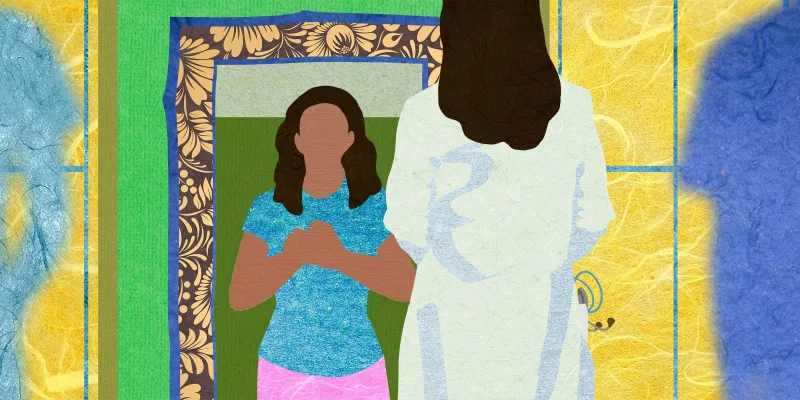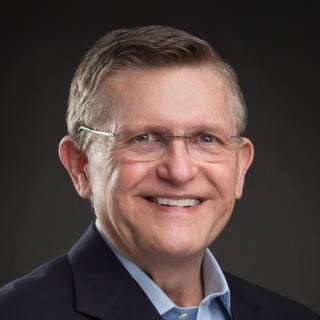
I had the pleasure of discussing how social media has transformed my practice during a 2-hour instructional course at the American Society for Aesthetic Plastic Surgery’s (ASAPS) Annual Meeting in New York. Even better, I co-presented with Rosy Zion, the social media expert behind the success of Dr. Miami (Michael Salzhauer).
My practice began experimenting with Snapchat a year and a half ago, followed by Instagram Stories. While I wasn’t sure if it was a passing fad or not, I teamed up with Dr. Miami as an “influencer” within the Plastic Surgery space. Fast forward a year and a half, and I’ve teamed up again with Dr. Miami’s crew for a course that details five ways that Snapchat and Instagram Stories transformed my practice for the better.
Quick Primer on Snapchat and Instagram Stories
For those of you not familiar, here’s some background. Snapchat was originally a messaging app. One person could message a selfie, photo or video to a friend and after 10 seconds, that message would disappear. It caught on because your shenanigans weren’t kept online in perpetuity like Facebook. Those 10-second disappearing clips evolved into folks piecing together multiple 10-second clips into a story. Snapchat stories, a compilation of as many 10-second clips as you want, expire and therefore delete after a period of 24 hours. Facebook came along and duplicated this platform for its subsidiary, Instagram (IG), and branded it as Instagram Stories.
These videos are different than YouTube because they’re posted to the network right after you “film” the video, not days later. It’s not technically live video, but definitely more real-time than YouTube. You record the video and then choose whether to post that clip or maybe re-record it. Once posted, you can still delete it but otherwise, it’s there for 24 hours along with the rest of your story.
Your followers and viewers can watch your story and even message you questions based on specific clips within the story. This allows for interaction with the story, not just passive viewership. Additionally, you can manipulate the video by making it go faster, slower or posting emojis on it. You can also include filters that highlight the time, temperature, and location of where you are plus humorous “lenses” that mask your face.
At this point, if you don’t understand, that’s ok. If you think this sounds contrived, I actually agree with you. However, there’s no mistaking that hundreds of millions of people enjoy the app. To better understand what this is all about, consider downloading the app and trying it out for yourself. Now, onto why this app transformed my practice, and maybe yours too.
Patient Rapport
Many of our patients have already watched us on Snapchat before they come in for a consultation (@realdrbae on Snap and IG). By watching us in our “natural habitat,” the prospective patients feel like they know us. We seem more approachable. By the time they show up, there’s more rapport between us vs patients unengaged with us on social media. They’ve already seen our office staff interact in humorous situations. They know we don’t take ourselves too seriously. But at the same time, they see our professionalism when watching video of surgery.
Patient Education and Transparency
We record 10-second clips of our surgical procedures and create a “surgery story.” We explain what tumescent solution is, how we perform liposuction and our technique for breast augmentation. We answer questions they submit through the app during the operation. By showing the operation, they know we have nothing to hide.
Even more fascinating than the ability to provide education to viewers, we’re educating the patient and the patient’s family! Let me explain: Normally the family leaves after we take their loved one back to surgery. Several hours later, we call them to return when the procedure is complete. Because the family is able to watch the operation while the operation is occurring on Snapchat, they’re fully informed by the time they return post-op.
In the past, I would go out and speak to the family and explain everything we did. Now, when I go out to speak to the family, they’re ecstatic, telling me which parts of the operation was their favorite and complimenting the team on the work we’ve done. Since we show intraoperative before and after photos, they see the early results of the procedure before the dressings and garments are placed on the patient. And when I call the patient that evening to check on them, they’ve watched the operation themselves! That level of transparency and patient education was unheard of, until now.
Generating Leads
One of the most common questions we get through Snapchat while the viewer is watching the operation, is how much does that particular operation costs. We could reply with a figure, but then we’ve lost an opportunity to generate a lead and capture the consumer’s contact info. Because Snapchat, like Instagram, only shows the patient’s handle — the screen name they’ve chosen — the viewer’s contact information is not readily accessible. You don’t know their real name and certainly not their email address.
Therefore, we direct them to that specific procedure-of-interest on our website’s Price Estimator. Once there, they add that procedure to a virtual wishlist and submit their wishlist along with their name, email address, phone number and ZIP code. Immediately and automatically they receive a cost estimate for that procedure in their inbox and we receive their contact info for follow up — a lead.
Between their phone number and email address, we can call to see if they have further questions or follow up via a monthly email newsletter. Without this method for converting consumers to leads, we’re simply interacting with a bunch of anonymous viewers.
“Pay it forward” Mentality
One of the first questions I get from other doctors is, do patients balk at having their surgery filmed? While there are those that may not be comfortable with being filmed, they’re the exception, not the rule. A majority of patients have watched videos of surgical and non-surgical procedures before the consult and certainly before their own procedure. Just as they learned from someone else’s willingness to showcase their procedure for the purposes of education, many of these patients are willing to do the same. For that reason, they sign a photography/video consent to pay it forward for others watching at home or work.
Referrals
This next part may be a little hard to explain but Snapchat has geofilters. These are images or words or even ads that are accessible to the user to showcase where the user is located. For example, you can only use the “San Francisco” filter when geographically located within San Francisco. Hence the term geofilter. Similarly, a business can design their own geofilter so that consumers can include the filter on their snapchat when in that business’ vicinity.

As seen in the photo, my practice designed this geofilter so that when someone is near the office, they can use our filter. They don’t even need to be a patient. If they simply like our graphic and it represents an area they’re in, our filter is available to them. Ultimately, all of their friends and followers see where they were and see our filter.
One day, a woman saw me on the street and told me that she goes to a clinic in my building. Because she noticed our filter, she included it in her story last time she went to see her doctor. Subsequently, a friend saw her story, noticed our filter and came in for a consult! So while word of mouth referrals are a known entity, self-referral after seeing a Snapchat geofilter is something altogether new.
So what does it all mean?
I recognize that many physicians out there are against social media in the operating room. That’s fine. They don’t have to do it. But they need to realize their competitors are using social media to educate their patients with Snapchat and Instagram Stories. This level of communication, information sharing and improved rapport with the patient is unattainable otherwise and has transformed my practice in an undoubtedly positive way.
Dr. Jonathan Kaplan is a board-certified plastic surgeon based in San Francisco, CA and founder/CEO of BuildMyBod Health, an online marketplace for healthcare services that allows consumers to determine cost on out-of-pocket procedures, purchase non-surgical services, and in exchange, the healthcare providers receive consumer contact info — a lead, for follow up.
Want to be part of the Doximity Authors Program? We are accepting applications through May 23, 2018.







